-
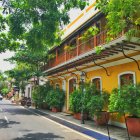 If You are Planning a Trip to Pondicherry in 2020, These are the Places to Visit for Foodies, Beach Bums and Shopaholics!
If You are Planning a Trip to Pondicherry in 2020, These are the Places to Visit for Foodies, Beach Bums and Shopaholics!
-
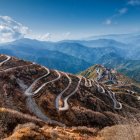 Take a Cool Break This Summer as BP-Guide Brings You the 10 Coolest and Most Mesmerizing Places to Visit in India in the Summers (2019)
Take a Cool Break This Summer as BP-Guide Brings You the 10 Coolest and Most Mesmerizing Places to Visit in India in the Summers (2019)
-
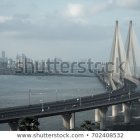 10 Best Restaurants in Bandra: from Fine Dining to Hipster Cafes and Budget Eats, These are the Places You Absolutely Need to Eat At in 2019!
10 Best Restaurants in Bandra: from Fine Dining to Hipster Cafes and Budget Eats, These are the Places You Absolutely Need to Eat At in 2019!
Travel Tips for Your Trip to Himachal Pradesh
Documents, Official Permits & Emergency Contacts

Far from the maddening crowd and hectic pace of city life, Himachal Pradesh is an inviting destination with lush greens and tranquil atmosphere. The snow-clad mountains and deep river valleys can infuse a sense of freshness in anyone.
Before you travel, it is good to be aware of any documentation you may require. While most places in HP do not warrant a protected area permit, foreign nationals visiting the Spiti Valley Regions do need one, given its close proximity to the Indo-China border, in case you have friends or contact visiting from abroad. Shimla, Kullu & Manali, Kaza & Rekong Peo and Rampur require permits to be acquired.
Best Time to Visit the Devabhoomi

Himachal Pradesh is usually looked as a holiday destination during summers by domestic travelers. For winter enthusiasts, winters here are perfect with snow laden mountains . During monsoons , Himachal is equally stunning with nature coming alive with rains. If you’re keen on adventure sports like rafting , then the best time to visit HP is during the monsoon season.
Review Your Hotel Choices

Before you book your travel, it is recommended to look for comfortable accommodation. In that respect, do a proper check on a hotel’s amenities and ratings before firming up your bookings. Look for additional facilities like a heater, extra bed/blankets, refreshments in the room, etc.
If you’re traveling with Kids or Elders , you may want to look for a place closer to the mall roads or low altitude and don’t forget to look for cancellation facility for any last minute changes.
Best Places to Visit in Himachal Pradesh
Manali
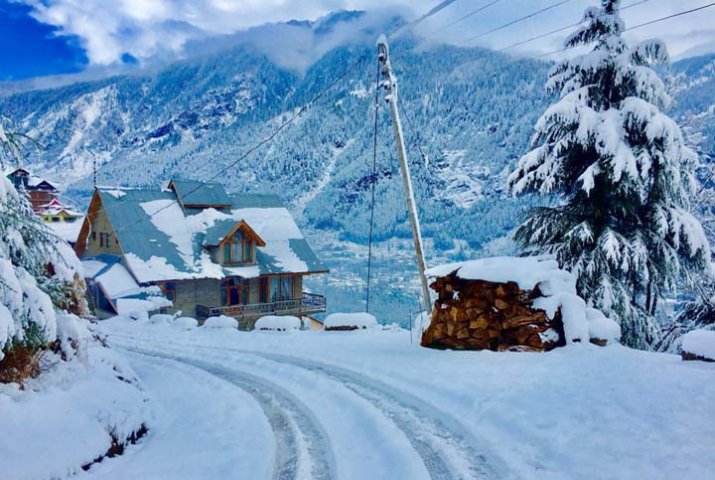
Shimla

Kasol

Dalhousie

Spiti Valley
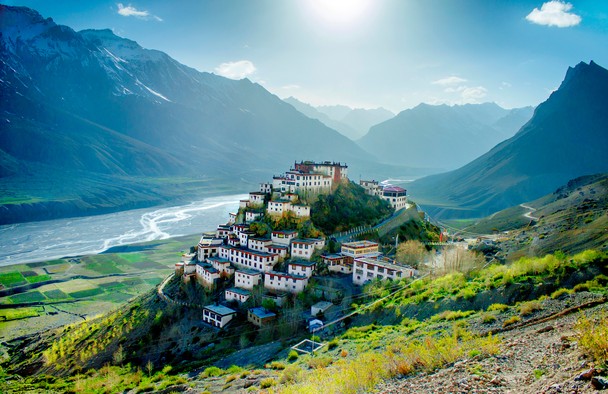
Khajjiar
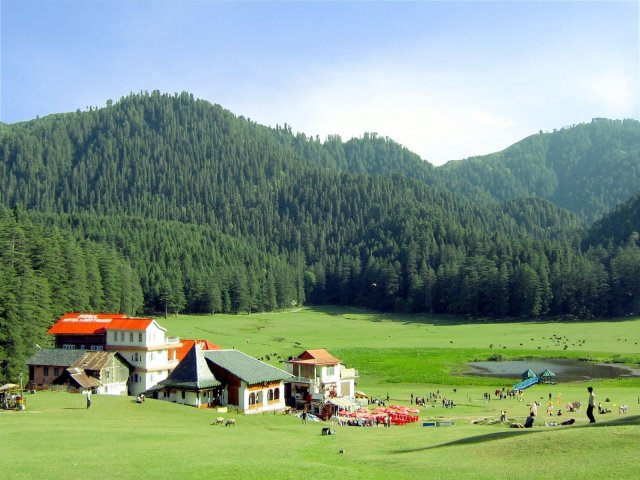
Bir Billing
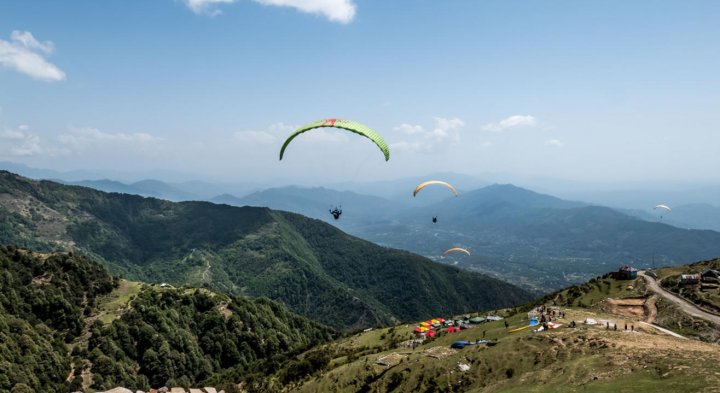
Malana
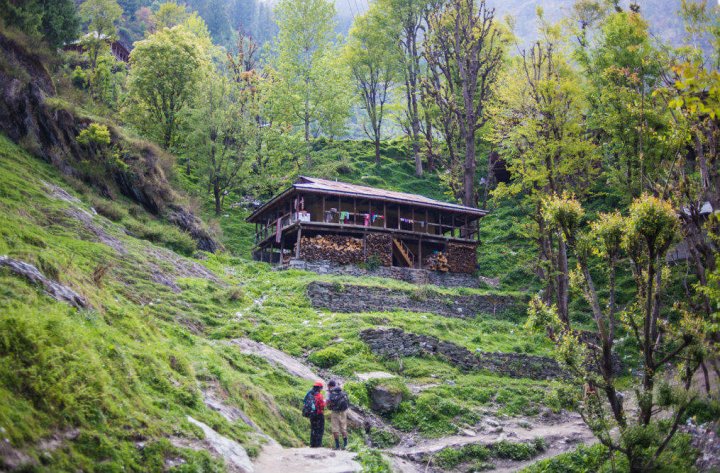
Mashobra
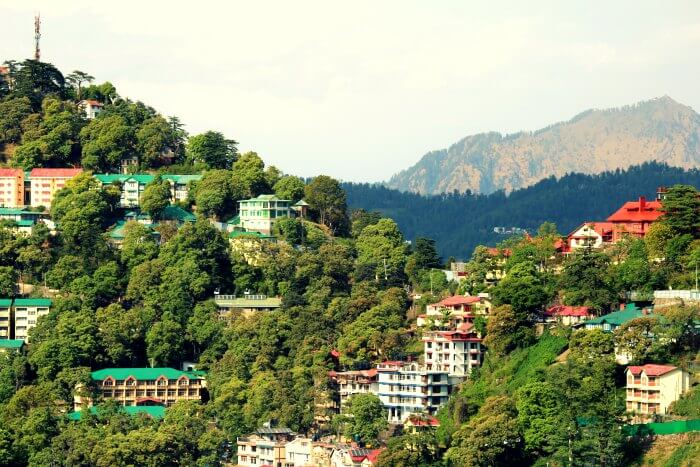
Palampur
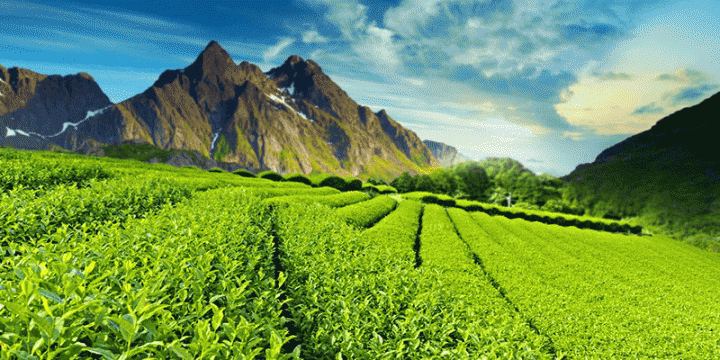
Bonus Tip: Travel Precautions for Himachal Pradesh
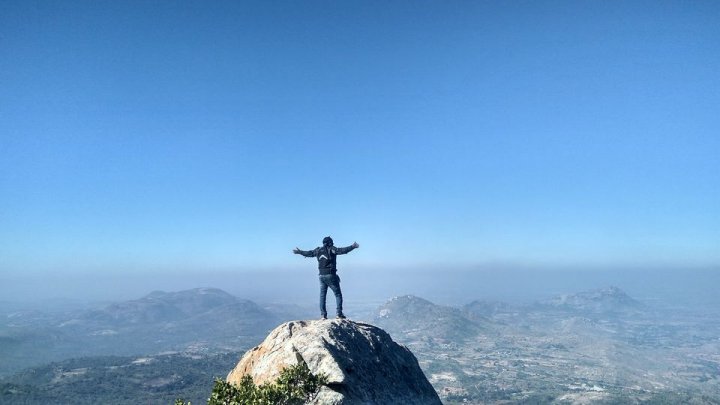
Known for its captivating landscapes, temples and monasteries, Himachal Pradesh is the land of snow and is ideal for all kinds of family trips, couple holidays or solo trips. But before you pick your bags, here are a few pointers to keep in mind during your travels.
- Your visit’s successful only if you get to enjoy the weather. Some areas in HP may be hotter in comparison to the rest, for instance – Una, Solan and Bilaspur are exceptionally warm in summer & mild to pleasant during winters while, parts of Kinnaur, Kullu, Shimla and Spiti are mild/pleasant during summer and freezing during winters.
- Pack your luggage depending on the destination and month you’ll be traveling in. Full-sleeve t-shirts/sweatshirts would be work for summer, while heavy woolens & shoes are more feasible during winters. Given the uncertain change in temperature at hill stations, it is good to have a windcheater with you and wise to rent gum boots, if you are visiting during snowfall, from local vendors.
- Keep emergency contacts handy when traveling, that include emergency contact numbers in HP, details of your hotel, and share them with your family and friends as well. Avoid eating from roadside stalls or unhygienic eateries. Go for bottled water and not tap water, to avoid getting stomach infections. Carry over the counter or doctor prescribed medicines for common cold, flu, gastric issues or injuries.
- Honor the social norms and cultural beliefs of the places you are visiting to avoid running into unnecessary troubles. Take appropriate safety precautions when traveling, like standing far from cliffs, river banks for clicking pictures. Given the strong current in rivers in HP, it could be dangerous to be reckless.
-
 If You are Planning a Trip to Pondicherry in 2020, These are the Places to Visit for Foodies, Beach Bums and Shopaholics!
If You are Planning a Trip to Pondicherry in 2020, These are the Places to Visit for Foodies, Beach Bums and Shopaholics!
-
 Take a Cool Break This Summer as BP-Guide Brings You the 10 Coolest and Most Mesmerizing Places to Visit in India in the Summers (2019)
Take a Cool Break This Summer as BP-Guide Brings You the 10 Coolest and Most Mesmerizing Places to Visit in India in the Summers (2019)
-
 10 Best Restaurants in Bandra: from Fine Dining to Hipster Cafes and Budget Eats, These are the Places You Absolutely Need to Eat At in 2019!
10 Best Restaurants in Bandra: from Fine Dining to Hipster Cafes and Budget Eats, These are the Places You Absolutely Need to Eat At in 2019!
-
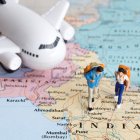 Planning to Travel Around India This Monsoon? Here are the Best Places to Visit in August in India (2019)
Planning to Travel Around India This Monsoon? Here are the Best Places to Visit in August in India (2019)
-
 Itching to Travel the World? Here's Our Guide to the Top 10 Best Places to Visit in the World (2019)!
Itching to Travel the World? Here's Our Guide to the Top 10 Best Places to Visit in the World (2019)!
Experience Nature Up-Close by Visiting these Places in Himachal Pradesh
Himachal Pradesh is a nature lover's paradise. The dense forests with desodar, pine trees, the variety of animals and birds, which chirp to enlighten your mood, and the snow-capped peaks, all provide a memorable experience. So do visit this nature's paradise to experience sights and sounds you have never experienced before!

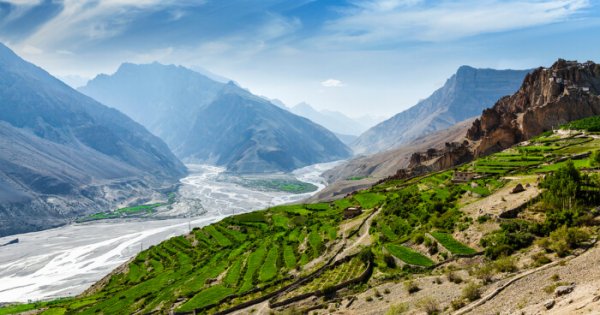
 Highlight the Best Facets of Your Incomparable Beauty: Discover the Best Face Highlighter Currently Available in India and Everything You Need to Know About Using Face Highlighters for Maximum Effect (2023)
Highlight the Best Facets of Your Incomparable Beauty: Discover the Best Face Highlighter Currently Available in India and Everything You Need to Know About Using Face Highlighters for Maximum Effect (2023)
 Forget the Blemishes and Get that Picture Perfect Flawless Radiance on Your Face: Check out the Best Foundations for Oily Skin Currently Available in India and Everything You Need to Know About Makeup Foundations (2023)
Forget the Blemishes and Get that Picture Perfect Flawless Radiance on Your Face: Check out the Best Foundations for Oily Skin Currently Available in India and Everything You Need to Know About Makeup Foundations (2023)
 Make Your Presence Felt Wherever You Go: Discover the Best Perfumes Under 2000 for Both Men and Women to Announce Your Arrival and Make Any Occasion Memorable (2023)
Make Your Presence Felt Wherever You Go: Discover the Best Perfumes Under 2000 for Both Men and Women to Announce Your Arrival and Make Any Occasion Memorable (2023)
 Protect Your Oily Skin from the Harmful Rays of the Sun: Discover the Best Gel Based Sunscreens for Oily Skin and Everything You Need to Know Before Buying One (2023)
Protect Your Oily Skin from the Harmful Rays of the Sun: Discover the Best Gel Based Sunscreens for Oily Skin and Everything You Need to Know Before Buying One (2023)
 Minor Blemishes and Wrinkles Affecting Your Confidence? Check out the Best BB Creams to Conceal Your Worries and Nourish Your Skin to Restore the Healthy, Radiant and Glowing Complexion Back Again (2023)
Minor Blemishes and Wrinkles Affecting Your Confidence? Check out the Best BB Creams to Conceal Your Worries and Nourish Your Skin to Restore the Healthy, Radiant and Glowing Complexion Back Again (2023)
